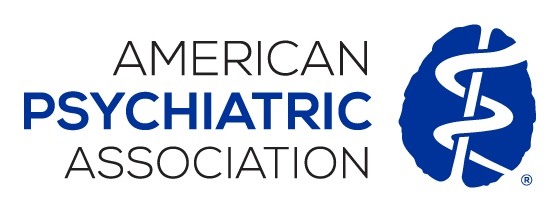
Adolescents who engage in non-suicidal self-injury (deliberate harm to one’s body without suicidal intent) are known to be at risk of a variety of problems, including suicidal behaviors. A study published yesterday in JAMA Network Open suggests that adolescents diagnosed with non-suicidal self-injury (NSSI) who participate in an online emotion regulation therapy may be less likely to engage in such self-harm behaviors compared with those receiving usual care.
“There are very few empirically supported treatments for NSSI in adolescence. Dialectical behavior therapy is promising; however, it is a long and resource-demanding treatment that is not widely available,” wrote Johan Bjureberg, Ph.D., of the Karolinska Institutet in Stockholm and colleagues. “Briefer and more accessible treatments for NSSI are needed.”
To test whether a brief treatment delivered online might be able to help youth, Bjureberg and colleagues recruited adolescents aged 13 to 17 diagnosed with non-suicidal self-injury disorder (listed as a condition for further study in DSM-5) who did not have any immediate suicide risk. In total, 166 adolescents were randomly assigned to receive either 12 weeks of online emotion regulation therapy alongside usual care or usual care alone.
Usual care included weekly symptom assessments and supportive therapy sessions every two weeks. The online therapy included 11 educational modules for the adolescents and six modules for their parents. Emotion dysregulation is believed to in part drive NSSI behavior, and the modules aim to teach participants more adaptive ways of responding to their emotions. The participants also had online access to a therapist who encouraged engagement and answered questions.
NSSI frequency was both self-reported by the adolescents weekly and assessed by clinicians before and after treatment.
At the start of the study, the participants reported about 2.5 NSSI episodes per week. From pretreatment to one month post-treatment, the adolescents receiving the online therapy reported a 68% reduction in the number of NSSI episodes per week, whereas those in usual care alone reported no change. Similarly, at the one-month follow-up, the clinicians observed an 82% reduction in NSSI frequency for the online therapy group compared with a 47% reduction for those in usual care. The adolescents receiving the online therapy also reported greater improvements in their emotion regulation and overall functioning as well as fewer self-destructive behaviors compared with usual care at one-month and three-month follow-ups.
There was no difference in depression, anxiety, and stress symptoms between the two groups after the treatment, the researchers wrote. They noted that these findings are consistent with the online therapy’s emphasis on encouraging participants to accept internal experiences and control their behaviors while emotionally distressed, rather than trying to control the emotions themselves. “[T]argeting emotion regulation may not be sufficient for the treatment of anxiety and depression among adolescents,” they wrote.
To read more on this topic, see the Psychiatric News article “People Who Self-Injure Describe Behaviors as Addictive.”
(Image: iStock/KatarzynaBialasiewicz)
Psychiatric News Invites Applications for
Medical Editor-in-Chief
APA members who have administrative experience, are passionate about disseminating news in the field of psychiatry, and are knowledgeable about print and digital communications are invited to apply. Watch a short video in which the current editor-in-chief discusses this influential and key position. The deadline for applications, which should include a vision statement and a curriculum vitae, is July 19, 2023.





